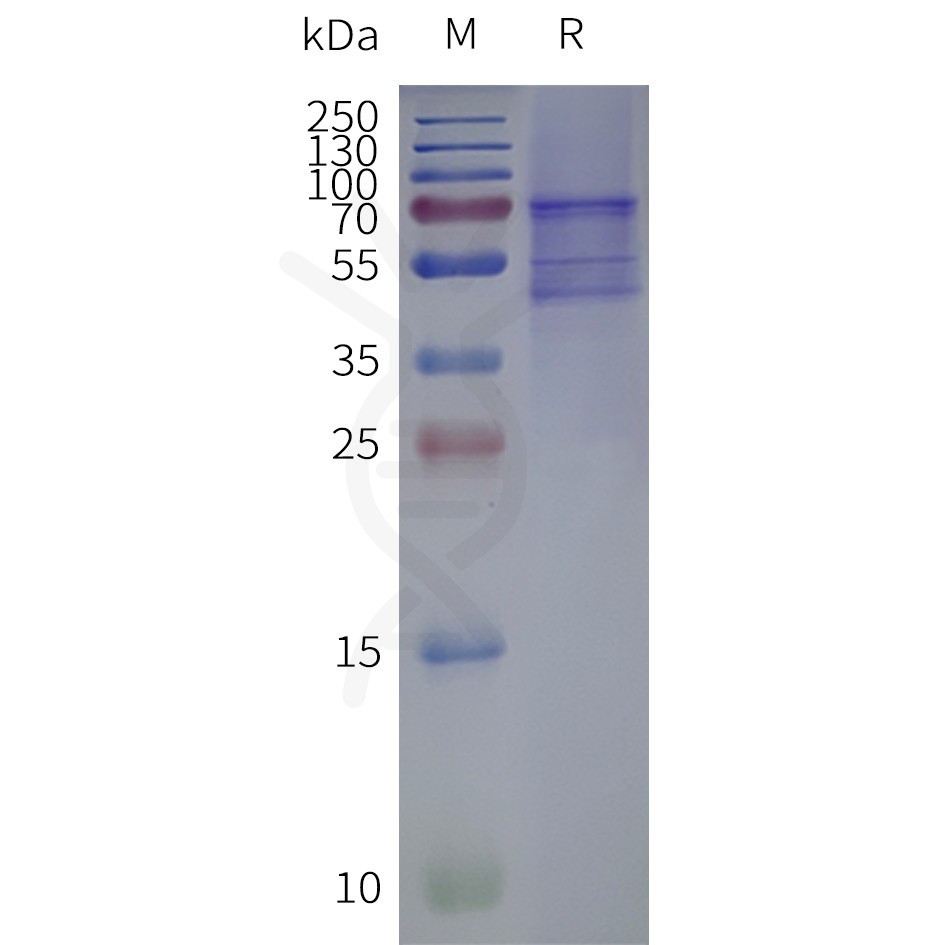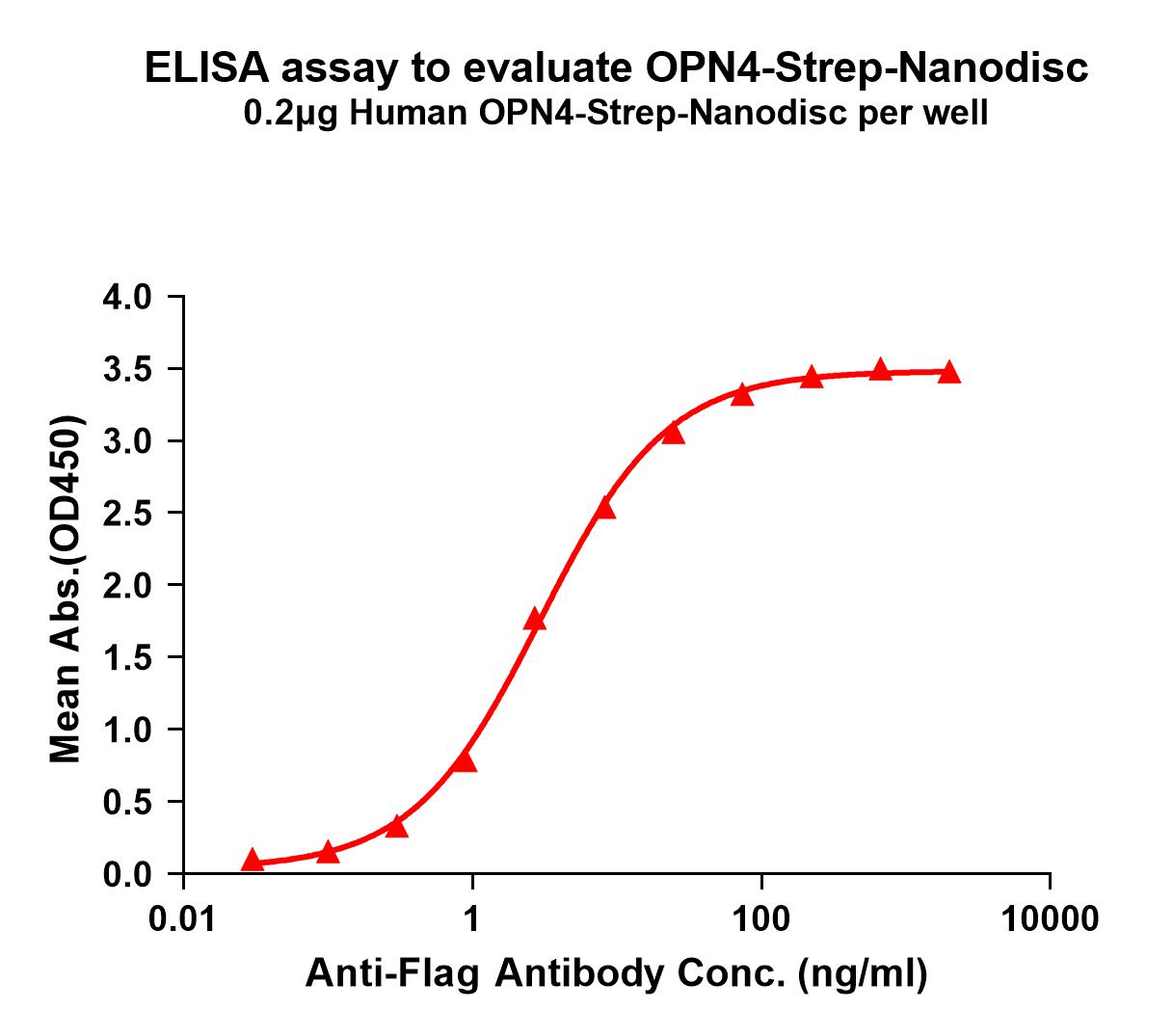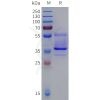| Tag | C-Flag&Strep Tag |
|---|---|
| Target | |
| Synonyms | MOP |
| Description | Human OPN4-Strep full length protein-synthetic nanodisc |
| Delivery | In Stock |
| Uniprot ID | Q9UHM6 |
| Expression Host | HEK293 |
| Protein Families | Druggable Genome, GPCR, Transmembrane |
| Protein Pathways | N/A |
| Molecular Weight | The human full length OPN4-Strep protein has a MW of 52.6 kDa |
| Formulation & Reconstitution | Lyophilized from nanodisc solubilization buffer (20 mM Tris-HCl, 150 mM NaCl, pH 8.0). Normally 5% – 8% trehalose is added as protectants before lyophilization. Please see Certificate of Analysis for |
| Storage & Shipping | Store at -20°C to -80°C for 12 months in lyophilized form. After reconstitution, if not intended for use within a month, aliquot and store at -80°C (Avoid repeated freezing and thawing). Lyophilized proteins are shipped at ambient temperature. |
| Background | Opsins are members of the guanine nucleotide-binding protein (G protein)-coupled receptor superfamily. A photoreceptive opsin protein that is expressed within the ganglion and amacrine cell layers of the retina. In mouse, retinal ganglion cell axons expressing this gene projected to the suprachiasmatic nucleus and other brain nuclei involved in circadian photoentrainment. In mouse, this protein is coupled to a transient receptor potential (TRP) ion channel through a G protein signaling pathway and produces a physiologic light response via membrane depolarization and increased intracellular calcium. The protein functions as a sensory photopigment and may also have photoisomerase activity. Experiments with knockout mice indicate that this gene attenuates, but does not abolish, photoentrainment. |
| Usage | Research use only |
| Conjugate | Unconjugated |
服务热线
400-006-0995
18062749453






